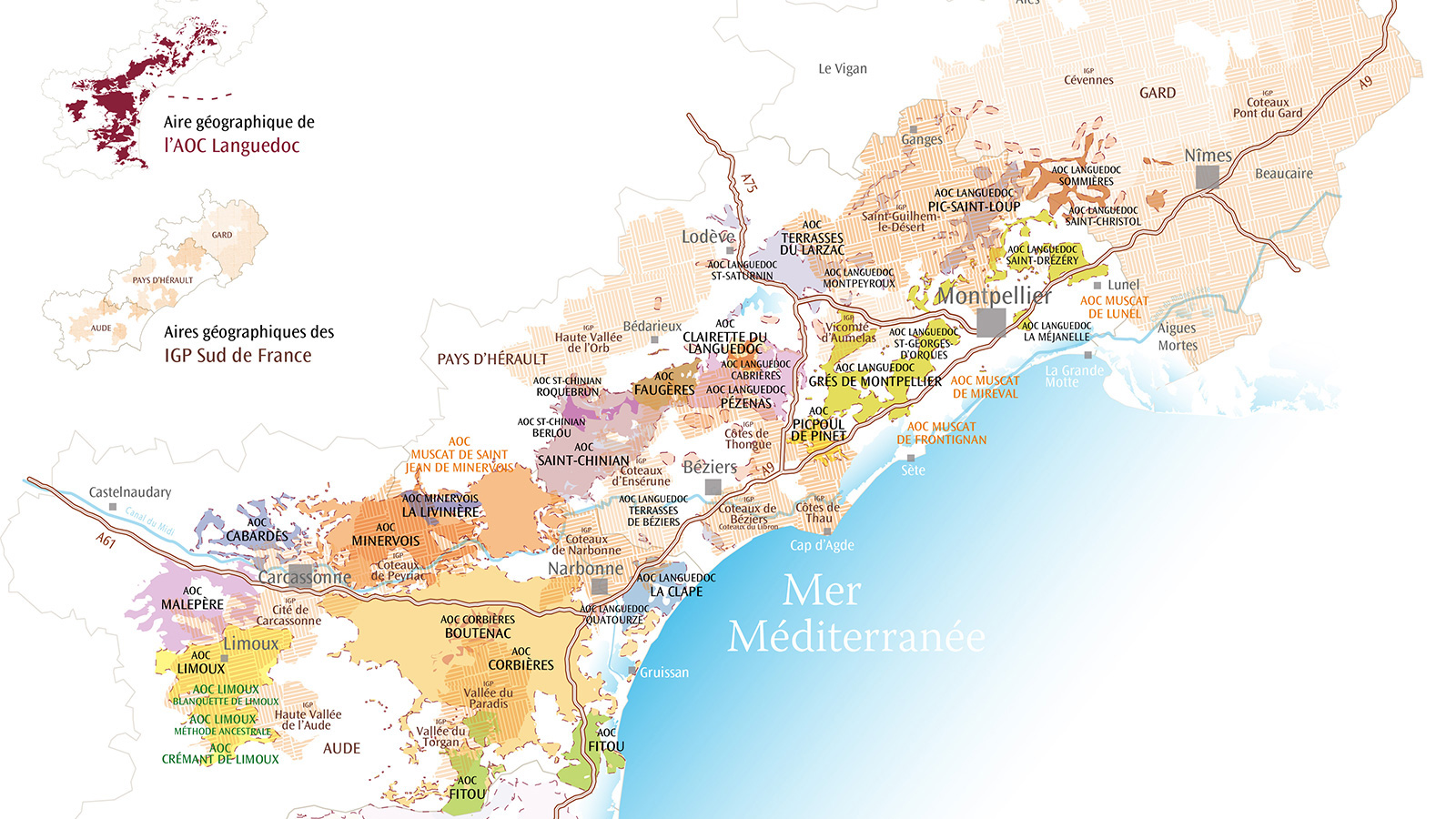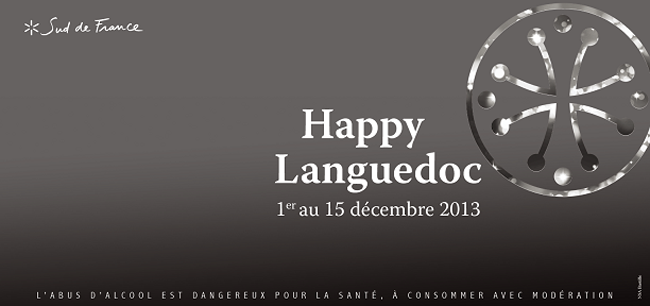
Wines made in Languedoc: at the heart of the biggest vineyard in the world, certainly one of the oldest too.
Indeed the Romans had already chosen this region to fill their jars. Innovative, organic, bold, full of flavors, the wines made in Languedoc are on the rise and excite the taste buds of the most renown wine tasters in the world.
At the origin of this success, a soil particularly suitable to vines, bright sunshine all year and winemakers who combine tradition and innovation in their vine growing and winemaking work.
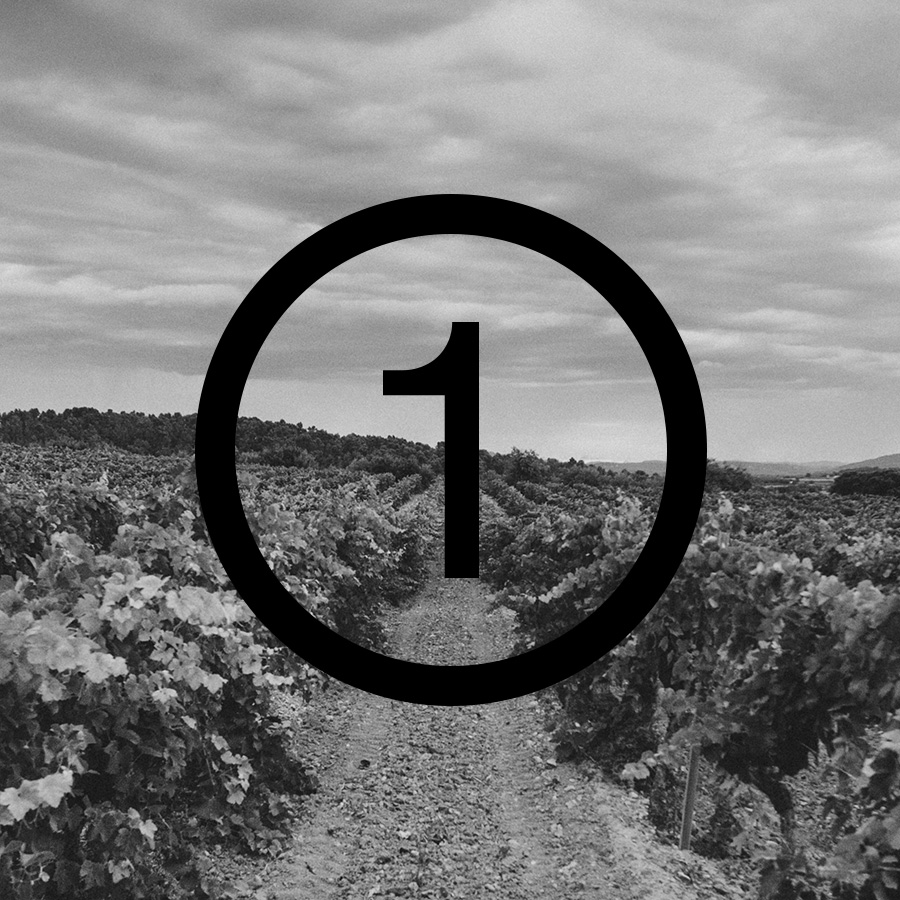
For 20 years, quality of wines made in Languedoc has risen sharply. It has been the result of a very active restructuring policy to improve wine quality in the region: uprooting of old vines dedicated to the production of large volumes such as Aramon and replaced with noble varietals, control of yields, improved techniques. Full-bodied, intense, full of red fruit aromas subtly spiced, wines made in Languedoc Roussillon have found their place in the great international competition.
One example among many, the Clos des Truffiers, from the Chateau La Negly, which gets every year between 95 and 100 ( 2001 vintage ) for this exceptional cuvée. (Robert Parker’s Wine Advocate @La Negly). Limited supplies !
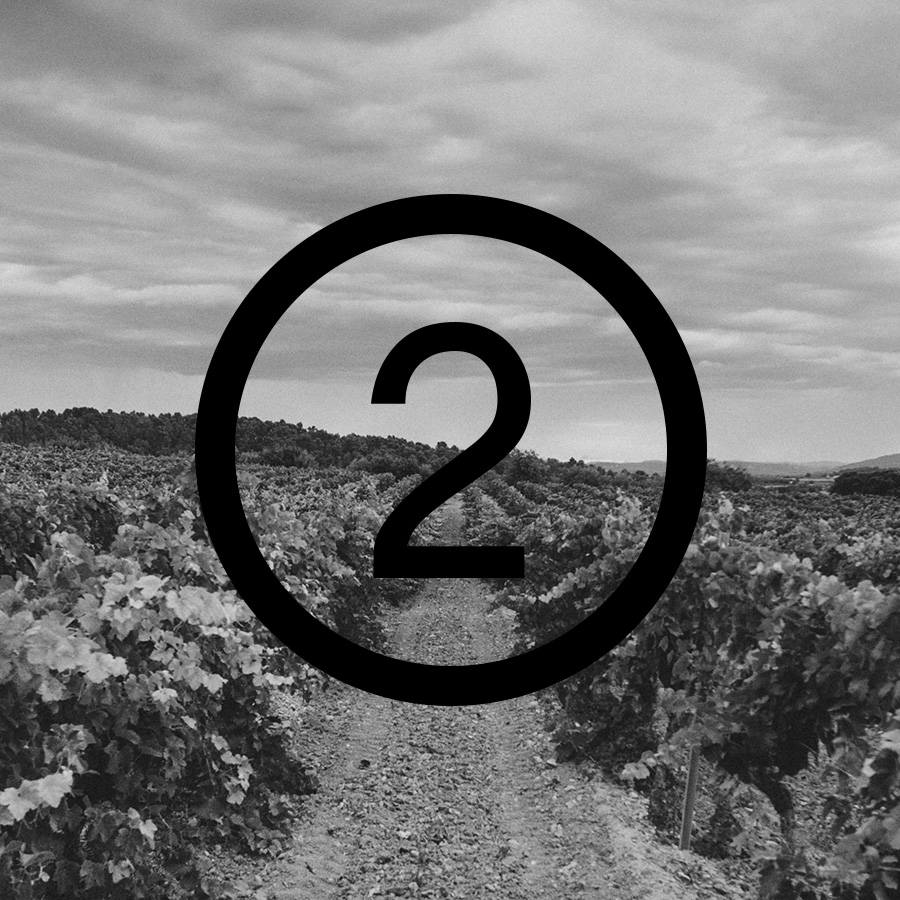
With a vineyard as big as 300 000 hectares, Languedoc Roussillon is the biggest wine region in the world. It is divided into 38 registered designations of origin (AOC,“Appellation d’origine contrôlée” i.e. Controlled Appellation of Origin) as well as 23 local wines’ designations (IGP, “Indication géographique protégée”i.e. Protected Geographical Indication). This diversity of designations reflects climate, soil, and exposure differences as well as the implementation of proper specifications in vine growing and wine making to promote the expression of the terroir. Among the schists in Saint-Chinian, the sprays in the terroir of La Clape (most recent recognized designation), and between land and sea in the Minervois, the vine reveals a wide range of aromas, intense expression of the characteristics of its terroir.
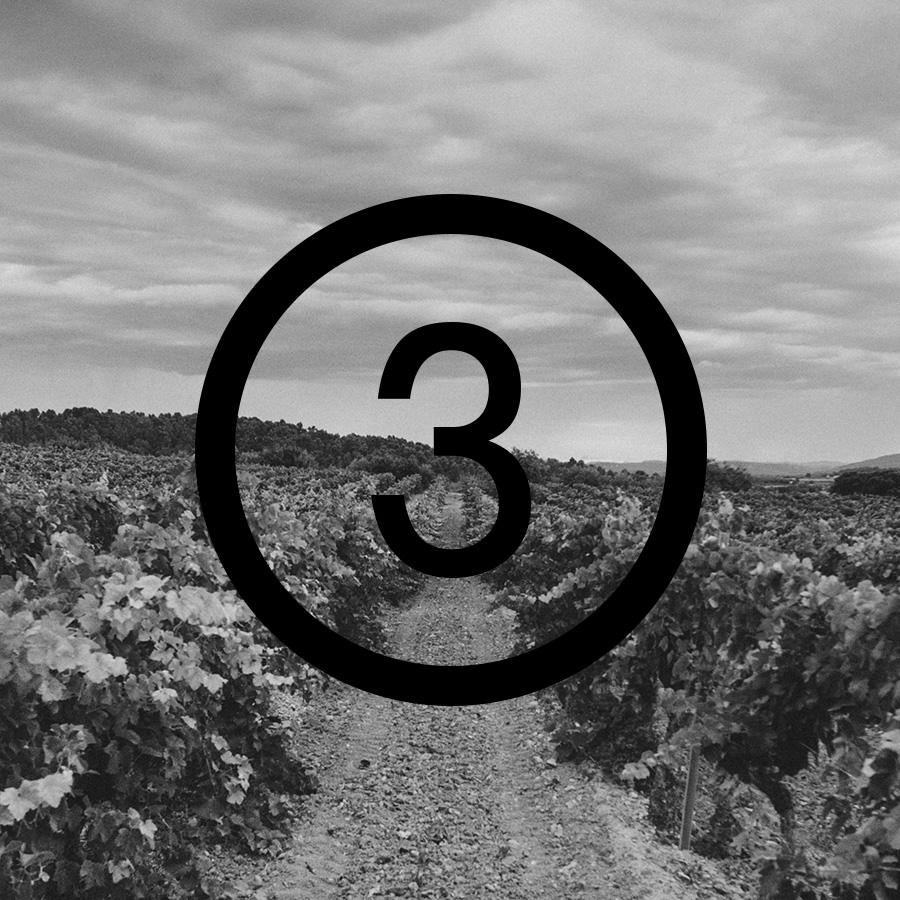
Weather conditions in the Languedoc _ windy with over 320 days of sunshine _ naturally keeps away grapevine diseases, inherent in wetter regions. Sustainable agriculture has been the main practice for years among vineyards in Languedoc, with an attempt to minimize the use of pesticides while not taking a major risk for the harvest. Nowadays, the Languedoc-Roussillon region represents almost one third of the organic vineyard in France, with some 20,500 hectares of vineyards organically farmed or in conversion. (Learn more about the organic, sustainable and biodynamic wines).
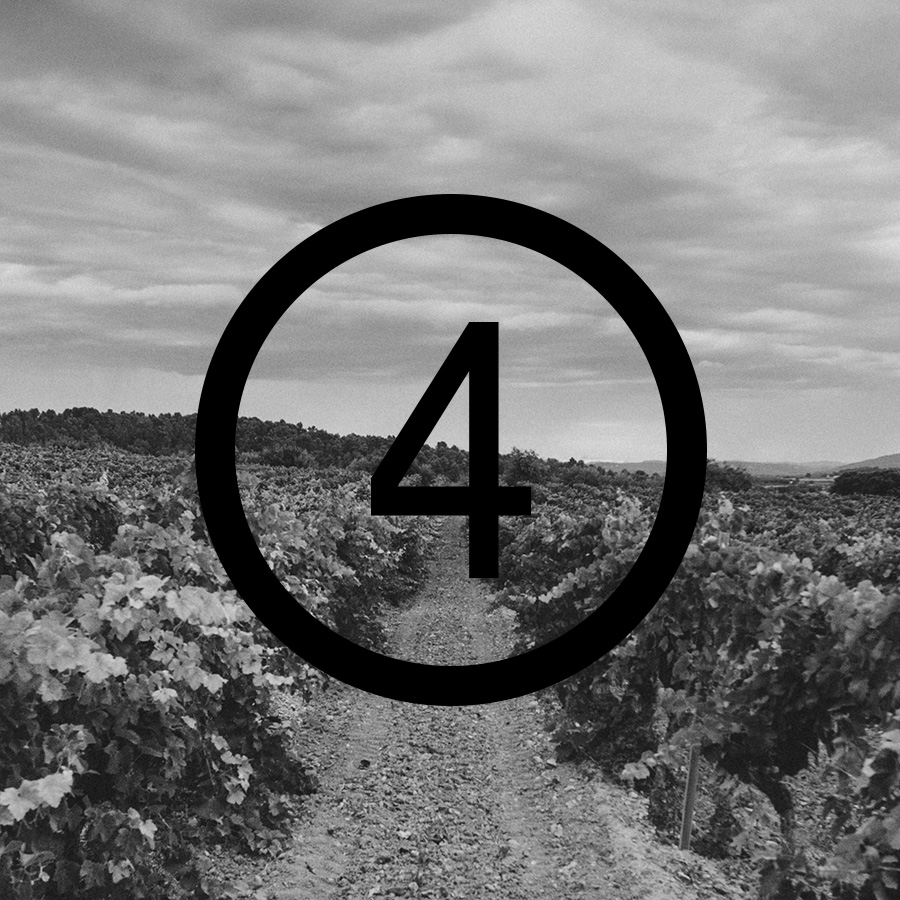
Because of its bad reputation for quality. Languedoc wines are often sold at rather low rates, while offering great quality and pleasure to its consumers. Take a look at the list of Languedoc-Roussillon wines tasted this year by the Wine Spectator. For an avergae budget between $ 20 and $ 30, it is possible to find many wines of exceptional qualit, rated over 90. Hard to be disappointed at this level. The Cuvée Spéciale 2011 from Château de Paraza is considered one the best values : rated 89, it is available for $ 13 (9€ at the cellar and on their online boutique).
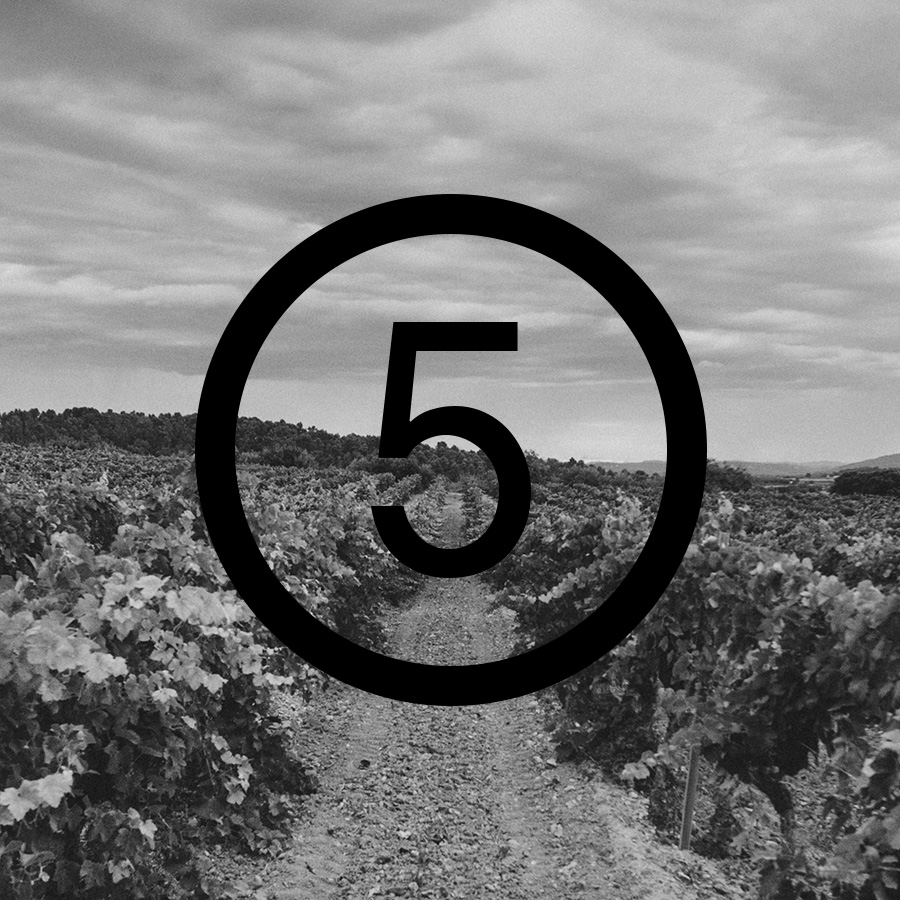
Have you ever tasted a 100% Marcelan ? Or 100% Bourboulenc ? The first is a hybrid of Cabernet Sauvignon and Grenache, and offers a journey between strength and sweetness, and a good aromatic length. The second is a late white grape with thick skin, and represents the flagship of the terroir of La Clape. This wine delivers full density without heaviness, with a fine expression of citrus. Beyond the discoveries of new grape varieties, the Languedoc is sure to win you over with its blended wines, full of personality.
To discover wines made in Languedoc, enjoy HAPPY Languedoc events. From December 1st to the 15th is THE time to taste the diversity of AOC wines of Languedoc ( Languedoc AOC / Wines and Crus du Languedoc AOC ) in the 200 wine bars from the Languedoc Wine Bars network !

